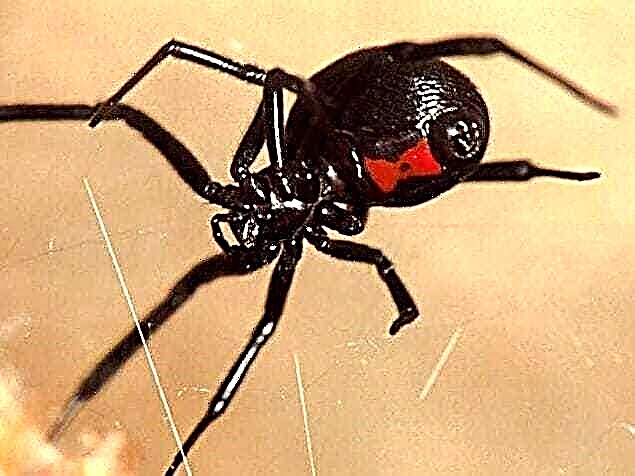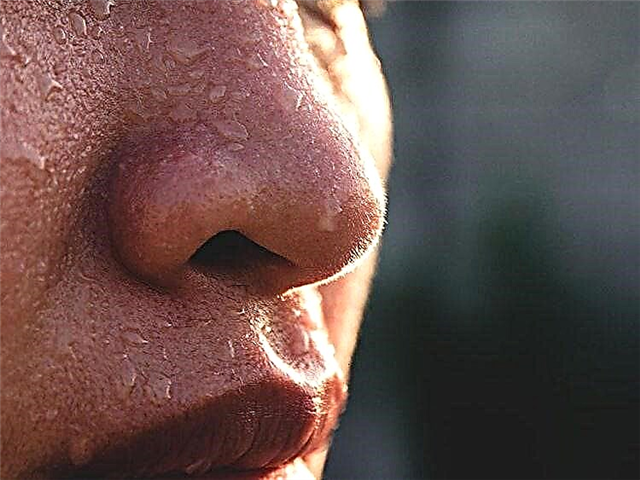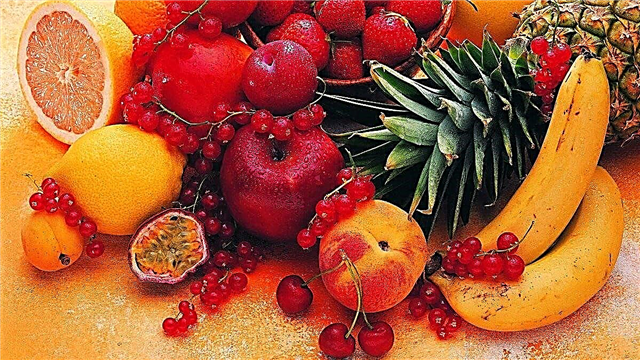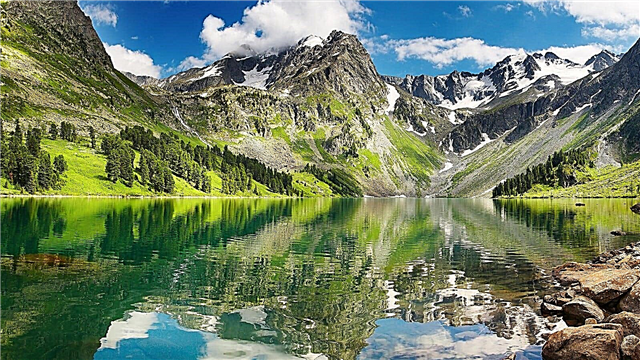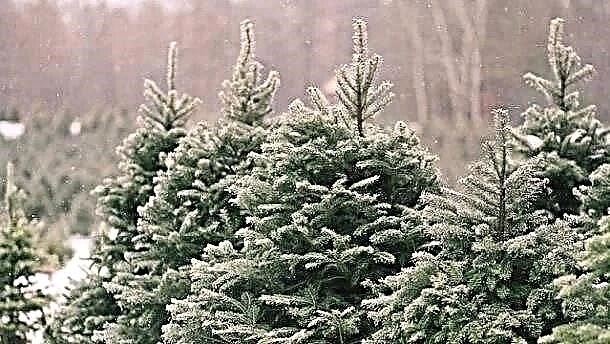
Deciduous plants of a temperate climate dump foliage for the winter. But coniferous evergreens do not fit into the general routine.
Only larch discards its needles, while the remaining conifers - spruce, pine, cedar and others, remain green throughout the year. Why is the general law not over them? It turns out that there are own logical reasons for this. Nature leaves spruce green color is not accidental.
Deciduous plants and change of seasons
Plants with wide leaves remain green in the summer, and for the winter they drop the leaves completely. They will still be useless in the frosty period, since they do not possess resistance to cold, they will fade at the first frost. Therefore, it is easier to get rid of them, falling into a kind of hibernation for the cold time in order to grow fresh greens in the spring.
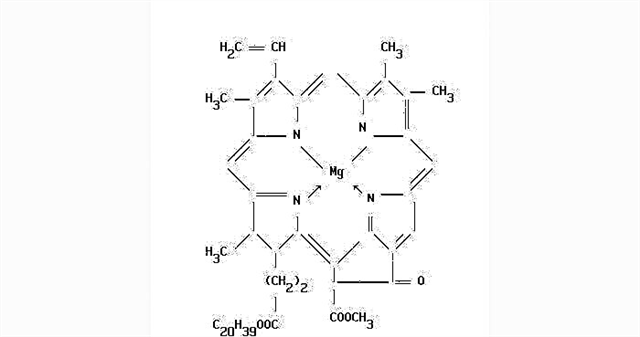
All young leaves are green, which is provided by chlorophyll. Due to this substance, photosynthesis occurs - a process that provides plants with nutrition. It occurs in the presence of sunlight, and its "side" effect is the release of oxygen into the atmosphere. At night, when due to darkness, plants cannot photosynthesize, they breathe like the most ordinary earthly creatures, breathing in oxygen and releasing carbon dioxide. Only the presence of good lighting allows them to act differently.
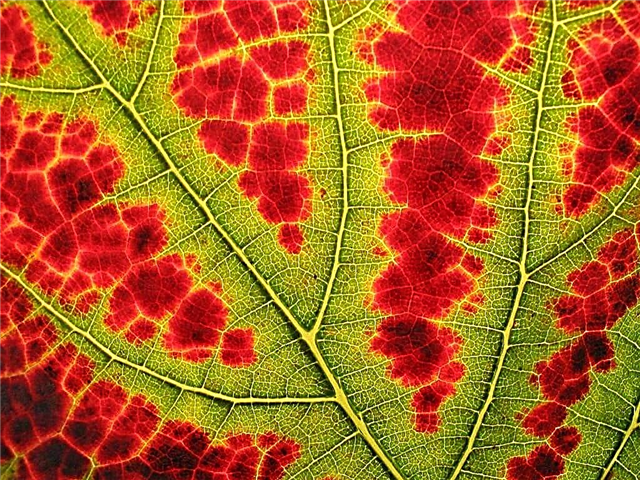
In hot countries, where there is no destructive frost for foliage, and there is enough sunshine all year round, local plants remain evergreen.Among conifers, only cypress and some pines, mainly mountain ones, are recognized as southern. Most conifers are typical northern plants. In severe latitudes, summer is short, and there is less sun. It is more profitable for foliar to get rid of foliage every year in order to survive the winter - excess moisture is dumped with it, which could create a threat of cracking the trunk in the cold. Chlorophyll disappears from the leaves, they acquire bright shades, then fall off. But coniferous plants do not need to hibernate.
Why does the Christmas tree needles?
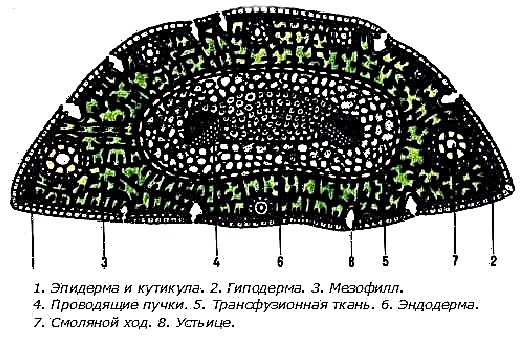
Thin, long needles can tolerate cold, they are not threatened by the usual winter risks. They are modified leaves that differ in minimal surface, compactness. This reduces the usable area on which photosynthesis can occur, but also reduces the risk of damage by cold, winds. Problems with the small area of a single needle for photosynthesis are easily solved by the density of needles.
What helps the needle survive the winter?
The resinous juice helps the needles not to freeze, not to die off at low temperatures in winter, but they contain less water than the leaves of ordinary trees, this makes them less vulnerable to frost. In addition, each needle has a thin but dense wax film, which also plays a protective function. In severe frosts, part of the needles can really die out, but these will be exclusively young shoots that have not yet managed to create sufficient protection against the vagaries of nature.
Why are conifers always green?
Spruce trees do not hibernate, although growth in winter slows down, it actually stops. New shoots appear in the spring, cones bloom and form in the summer when it is warm. In winter, the plant simply continues a very slow existence. Chlorophyll does not leave the needles, they remain green. That is why conifers are always green. To maintain them, very few useful substances are needed, the prickly crown is not burdensome for a tree, it makes no sense to dump it.
Needles fall?
The needles are replaced annually, like the leaves of other plants, up to 70-80 percent of needles change per year. The process is not noticeable, it happens gradually - therefore the spruce constantly looks green, lush. If a coniferous plant massively drops needles, the process speaks of its severe illness. The massively yellowed, browned needles also speaks about this. Normally, spruce, fir and pine remain green constantly.
Interesting fact: larch is the only exception - in the fall its needles turn yellow, then fall off. New ones appear only in the spring.
Conifers are one of the very ancient, they have developed a lot of mechanisms that allow them to successfully survive in cold climates. They also have a healing resin that protects against wounds and provides disinfection. Parasites rarely settle on these trees, and the annual maturation of cones, in which seeds are protected from adverse effects, allows them to multiply efficiently and restore their range in the event of forest fires and other incidents.
Even a felled tree remains green for several weeks. Only then the needles begin to crumble, the needles no longer look so attractive. Deciduous plant withers much faster.
Thus, the green color of the needles is provided by chlorophyll, which is contained in them, providing photosynthesis and normal vital activity of the plant. Greens are present all year round, since conifers are not associated with the need to drop the crown for the winter, the needles tolerate frosts well, and the plant does not require significant costs of useful substances for its maintenance. Pines and spruces can afford the luxury of being evergreen even in the harsh northern climate - which is probably why they are so much loved New Year's decoration.



